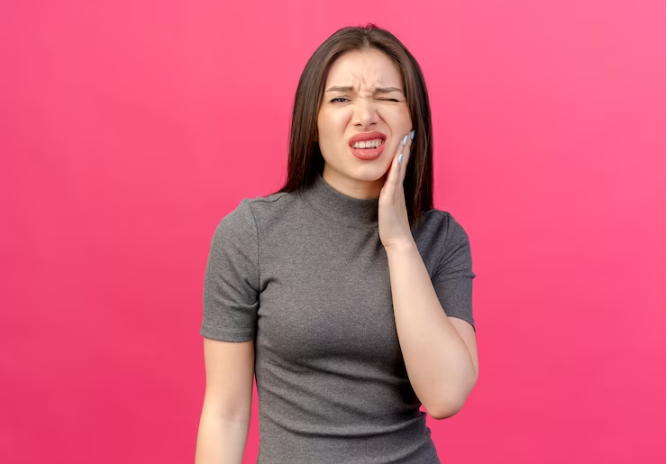We are often confused when we see a patient with beautiful perfectly straight teeth and their jaw hurts or clicks.
I see many patients that appear to have perfectly aligned teeth and have significant jaw pain. When we, as clinicians, are attempting to figure out why a patient is in pain when there seems to be no obvious signs to explain it, many of us feel confused or frustrated with the inability to solve the issue. Many of these patients go undiagnosed, or diagnosed incorrectly, and agree to treatment that does not resolve their pain.
Many of the jaw pain patients I see fall into this “unsolved mystery” category. Many have been on pain medication, anti-anxiety medication, anti-depressants, or other prescription pills for years, that are given to them when the diagnosis is not clear. We, as doctors or dentists, or any specialists only know what we know and the problem lies with that. When we are unable to figure out what the underlying cause of the patient’s pain is, we turn to medications. So these patients go from one doctor to another, one specialist to another, one dentist to another, with no answers and no solutions to their issue.
One of the common “unsolved mystery” issues that I see very often among the Temporo-Mandibular Joint Disorder (TMD) patients I treat is post-ortho lingually-inclined posterior teeth. Now, what is that?
Post-ortho = after braces or aligners (like Invisalign, Clear Correct, etc)
Lingually-inclined = tipped in
Posterior = back
So patients who have had their teeth straighten in the past, and the back teeth got tipped in. So what’s the big deal with that? You ask. Well, in some cases - nothing. In others - everything!
In some patients, if the back teeth are tipped in, they squeeze the lower jaw due to the narrowed upper arch, and when they squeeze in the lower jaw, it has no place to go but back. So in order to get the lower arch and the upper arch come together, the lower jaw goes backwards. When it moves back, the condyle (the head of the jaw) moves back and up, and eventually can slip off the articular disc that is supposed to protect the condyle when opening and closing. So you start to hear a click (as you close, the condyle goes back so clicks off the disc, then as you start to open, the condyle pops back on the disc so you hear a click again).
Now the click may not bother people… until there is pain. If the alignment of the teeth is not corrected, and the jaw is allowed to go backwards, it eventually can put pressure on the bone that protects the ear canal, damaging and causing increased destruction to this sensitive area. This is when some people experience ear pain, fullness, or ringing.
For those patients that come in with jaw pain and visually appear like there is nothing wrong, consider the angulation, even if slight, of the posterior teeth. That may be the answer and the solution to resolving their agonizing, on-going, and undiagnosed jaw pain.

